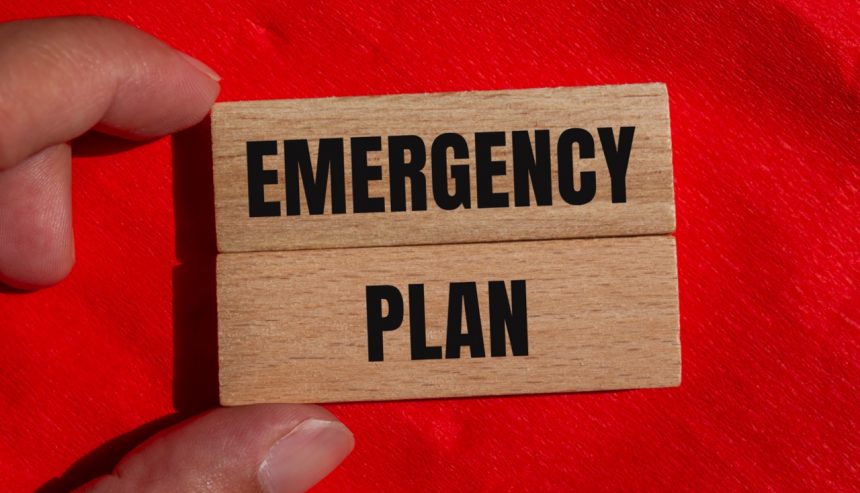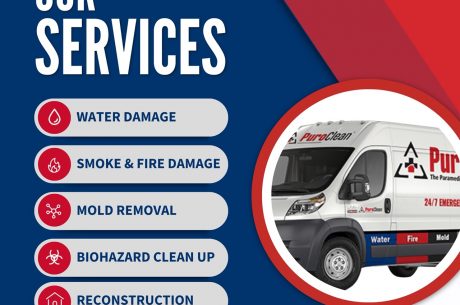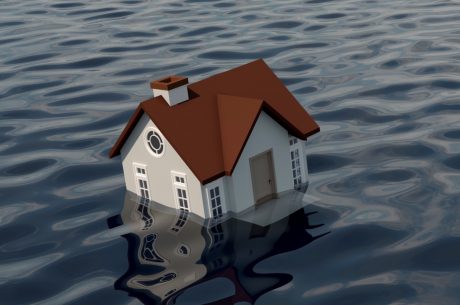Emergency Response Plan: Safeguarding Your Property Against Damage
Emergencies can strike without warning, leaving behind chaos and, more often than not, significant property damage. Whether it’s a natural disaster, fire, or a burst pipe, the aftermath can be overwhelming. But there’s good news—by having a well-thought-out emergency response plan, you can significantly reduce the impact on your property and your peace of mind.
Imagine this: you’re standing in the middle of your living room, ankle-deep in water from a burst pipe. Panic sets in. What do you do? Who do you call? This scenario is just one example of how having an emergency response plan in place can make all the difference. It’s not just about having a plan; it’s about having a plan that works when you need it most.
Table of Contents
Introduction
When disaster strikes, it’s often too late to start thinking about what to do. The moments immediately following an emergency are critical, and without a plan, those moments can turn into chaos. This article will guide you through the process of creating an effective emergency response plan that focuses on minimizing property damage and ensuring safety.

What is an Emergency Response Plan?
An emergency response plan is a comprehensive, well-documented strategy designed to help individuals and organizations respond to unexpected emergencies. It outlines the steps to take during and after an emergency to ensure safety and minimize damage to property. Think of it as a roadmap that guides you through the chaos, helping you make decisions that could save lives and protect your assets.
Why Every Property Owner Needs an Emergency Response Plan
You might be thinking, “I’ve got insurance—do I really need a plan?” The short answer is yes. While insurance can help cover financial losses, an emergency response plan is your first line of defense in protecting your property. Without it, you could face more extensive property damage and a longer recovery time. Consider your emergency response plan as the seatbelt in your car—insurance is there if something goes wrong, but the seatbelt (or your plan) is what keeps you safe in the moment.
Key Elements of an Effective Emergency Response Plan
Creating a robust emergency response plan requires more than just writing down a few steps on paper. It involves careful planning, training, and regular updates to ensure it remains relevant. Below are the key elements you need to consider:
- Assessing Potential Risks and Hazards: The first step in any emergency response plan is to identify the risks and hazards specific to your property. Are you in a flood-prone area? Is your property at risk of wildfires? Understanding these risks allows you to tailor your plan to address them specifically.
- Creating a Communication Strategy: In an emergency, communication is key. Your emergency response plan should include a clear communication strategy that outlines how you will notify all relevant parties, including family members, employees, and emergency services. This can include a phone tree, group text messages, or even a designated meeting spot.
- Designating Roles and Responsibilities: Every successful plan requires clear roles and responsibilities. Designate specific tasks to individuals in your household or organization, ensuring everyone knows what to do in an emergency. For example, one person might be responsible for shutting off utilities, while another handles contacting emergency services.
- Emergency Supplies and Equipment Checklist: A well-stocked emergency kit can be a lifesaver—literally. Your emergency response plan should include a checklist of essential supplies such as water, non-perishable food, flashlights, batteries, a first aid kit, and tools to protect against property damage. Don’t forget items like important documents and medication.
Evacuation Procedures
In some situations, the safest course of action is to evacuate. Your emergency response plan should include clear evacuation procedures that everyone in your household or organization understands. Identify multiple escape routes and practice them regularly. Also, make sure everyone knows where to go once they’ve evacuated, whether it’s a neighbor’s house or a designated shelter.
Property Damage Mitigation Strategies
One of the most critical aspects of an emergency response plan is how to minimize property damage during and after an emergency. Here are some strategies:
- Securing the Premises: Before an emergency occurs, take steps to secure your property. This might include installing storm shutters, reinforcing doors and windows, or trimming trees that could fall during a storm. During an emergency, these measures can help prevent or reduce property damage.
- Shutting Off Utilities: In many emergencies, such as floods or fires, shutting off utilities can prevent further property damage. Make sure everyone knows how to turn off the water, gas, and electricity. This simple action can prevent major disasters, like gas explosions or electrical fires, from getting worse.
- Containing Water Damage: Water can cause severe property damage in a very short time. If your home or business is at risk of flooding, have sandbags and other flood defenses on hand. After a water-related emergency, act quickly to dry out the area to prevent mold and structural damage.
Documenting and Reporting Damage
After an emergency, it’s crucial to document the property damage thoroughly. Take photos and videos of all affected areas, and keep detailed records of the damage. This documentation will be essential when filing insurance claims or applying for disaster assistance.
Training and Drills: Preparing for the Real Thing
Having a plan is one thing—knowing how to execute it is another. Regular training and drills ensure that everyone involved knows what to do in an emergency. This preparation can make the difference between a calm, coordinated response and a chaotic, panicked one.
Reviewing and Updating Your Plan Regularly
An emergency response plan is not a set-it-and-forget-it document. Regularly review and update your plan to ensure it remains relevant. As your property, family, or business changes, so too should your plan. Additionally, new risks may emerge that require new strategies.
The Role of Insurance in Your Emergency Response Plan
While your emergency response plan focuses on immediate actions to protect your property, insurance plays a crucial role in your long-term recovery. Ensure you have adequate coverage for the specific risks your property faces, and understand the claims process. Keep your insurance information easily accessible as part of your emergency kit.
Conclusion
Creating an emergency response plan may seem daunting, but it’s a vital step in protecting your property from damage and ensuring the safety of those you care about. By assessing risks, planning for communication, and preparing for various scenarios, you can turn potential chaos into a controlled response. Remember, the goal isn’t just to survive an emergency—it’s to emerge from it with your property and well-being intact.
PuroClean Property Savers provides emergency restoration services 24 hours a day, seven days a week. Our services include water damage, fire & smoke damage, mold remediation, biohazard cleanup, reconstruction and large-scale commercial property damage. We service Austin, Bastrop, Buda, Cedar Creek, Cedar Park, Del Valle, Dripping Springs, Elgin, Georgetown, Hutto, Kyle, Leander, Manor, Marble Falls, Pflugerville, Round Rock, Taylor, and Wimberley. Our average “on-site” time is 60 minutes, and we work directly with your local insurance provider.
Our role goes beyond just repairing properties; it’s also repairing lives. Visit us online at “PuroClean Property Savers.” Give us a call now at (512) 956-5700 or email us at [email protected] to schedule a visit. You can also find additional resources for emergency management, fire prevention planning, flash flood situations, and many other risks at the City of Austin Fire Department initiative #LetsGetRealATX.




 PuroClean Property Savers
PuroClean Property Savers